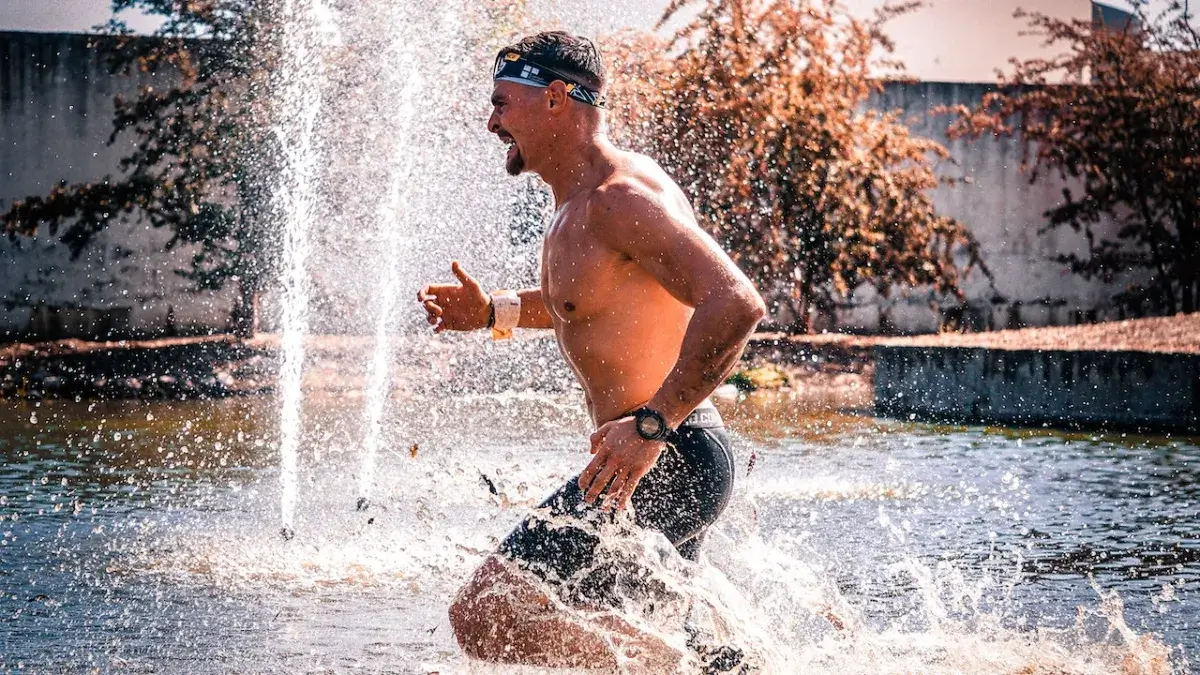When it comes to exercise, it's important to find activities that are enjoyable, effective, and easy on the joints. One such activity that ticks all these boxes is water walking. Water walking is a low-impact exercise that takes advantage of the buoyancy and resistance of water to provide a refreshing and effective workout. In this article, we will explore the benefits, technique, and tips for incorporating water walking into your fitness routine.
Benefits of Water Walking
- Low-Impact and Joint-Friendly: Water walking is a gentle exercise that reduces the impact on your joints. The buoyancy of water supports your body, relieving stress on your joints while still providing an effective workout. It is particularly beneficial for individuals with arthritis, joint pain, or those recovering from injuries.
- Cardiovascular Fitness: Water walking provides an excellent cardiovascular workout. The resistance of the water adds an extra challenge, elevating your heart rate and improving your cardiovascular endurance. It can help strengthen your heart, increase lung capacity, and improve overall cardiovascular health.
- Muscle Strengthening and Toning: Walking in water engages multiple muscle groups, including the legs, core, and upper body. The resistance of the water increases the workload on these muscles, helping to build strength and endurance. Water walking can tone your legs, sculpt your core, and even provide a gentle upper body workout.
- Improved Joint Mobility: The gentle resistance of water supports joint mobility and flexibility. Water walking allows you to move your joints through a wider range of motion, helping to improve flexibility and reduce stiffness.
Technique and Considerations
To perform water walking correctly, follow these guidelines:
- Find a Suitable Depth: Choose a water depth where you can comfortably walk without your feet touching the bottom of the pool or body of water. This allows for a greater range of motion and increased resistance.
- Maintain Good Posture: Stand tall with your shoulders back, and engage your core muscles. Avoid slouching or leaning forward, as this can strain your back and neck.
- Utilize Arm Movements: Swing your arms naturally as you walk to engage your upper body. This helps to increase the intensity of the exercise and provides a balanced workout.
- Choose Suitable Footwear: Opt for water shoes or aqua socks to protect your feet and provide traction while walking on slippery surfaces.
Incorporating Water Walking into Your Routine
Consider these tips for incorporating water walking into your fitness routine:
- Frequency and Duration: Aim for at least 30 minutes of water walking per session, three to five times a week. Start with shorter durations and gradually increase the time as your fitness level improves.
- Vary Your Intensity: Modify your pace or utilize different walking techniques to increase or decrease the intensity of your workout. You can try walking with high knees, performing quick intervals, or incorporating lateral movements.
- Mix It Up: Combine water walking with other water exercises, such as water aerobics, water jogging, or swimming laps, to add variety and target different muscle groups.
- Stay Hydrated: Even though you're in the water, it's still important to stay hydrated. Drink water before and after your water walking session to maintain proper hydration.
Safety Precautions
While water walking is generally safe for most people, it's essential to keep these precautions in mind:
- Be Mindful of Water Depth: Choose a depth that is appropriate for your comfort and swimming ability. If you're not a confident swimmer, stick to shallower areas or wear a flotation device for added safety.
- Listen to Your Body: Pay attention to how you feel during and after water walking. If you experience any pain, discomfort, or dizziness, stop exercising and consult a healthcare professional if necessary.
- Start Slowly: If you're new to water walking or have any health concerns, start with shorter sessions and gradually increase the duration and intensity over time.
Conclusion
Water walking is a refreshing and low-impact exercise that offers numerous benefits for overall fitness and joint health. Whether you're looking to improve cardiovascular endurance, strengthen muscles, or simply enjoy a gentle yet effective workout, water walking is a fantastic option. Embrace the water's buoyancy, resistance, and soothing properties, and dive into the world of water walking for a refreshing and enjoyable path to fitness.
